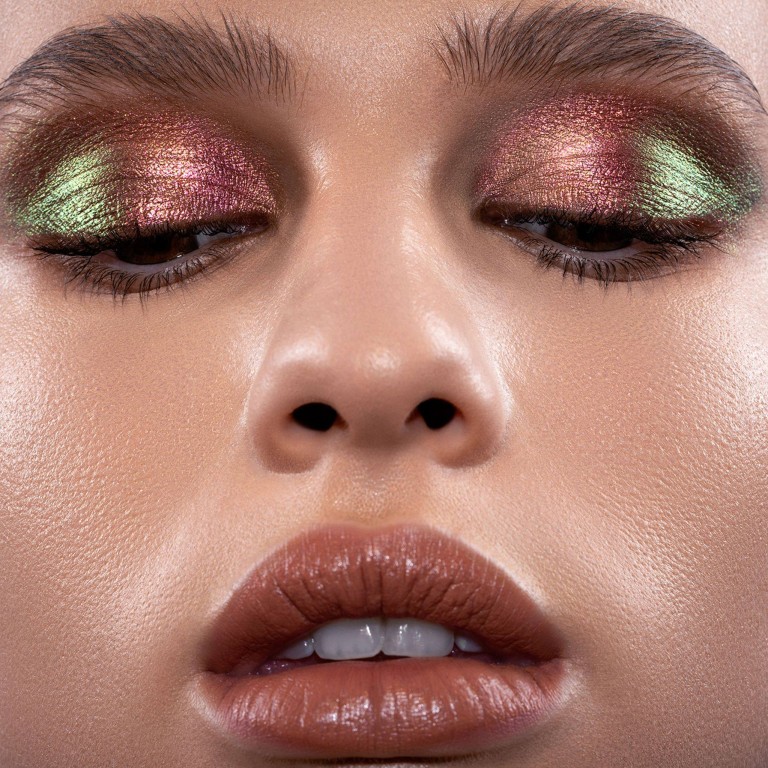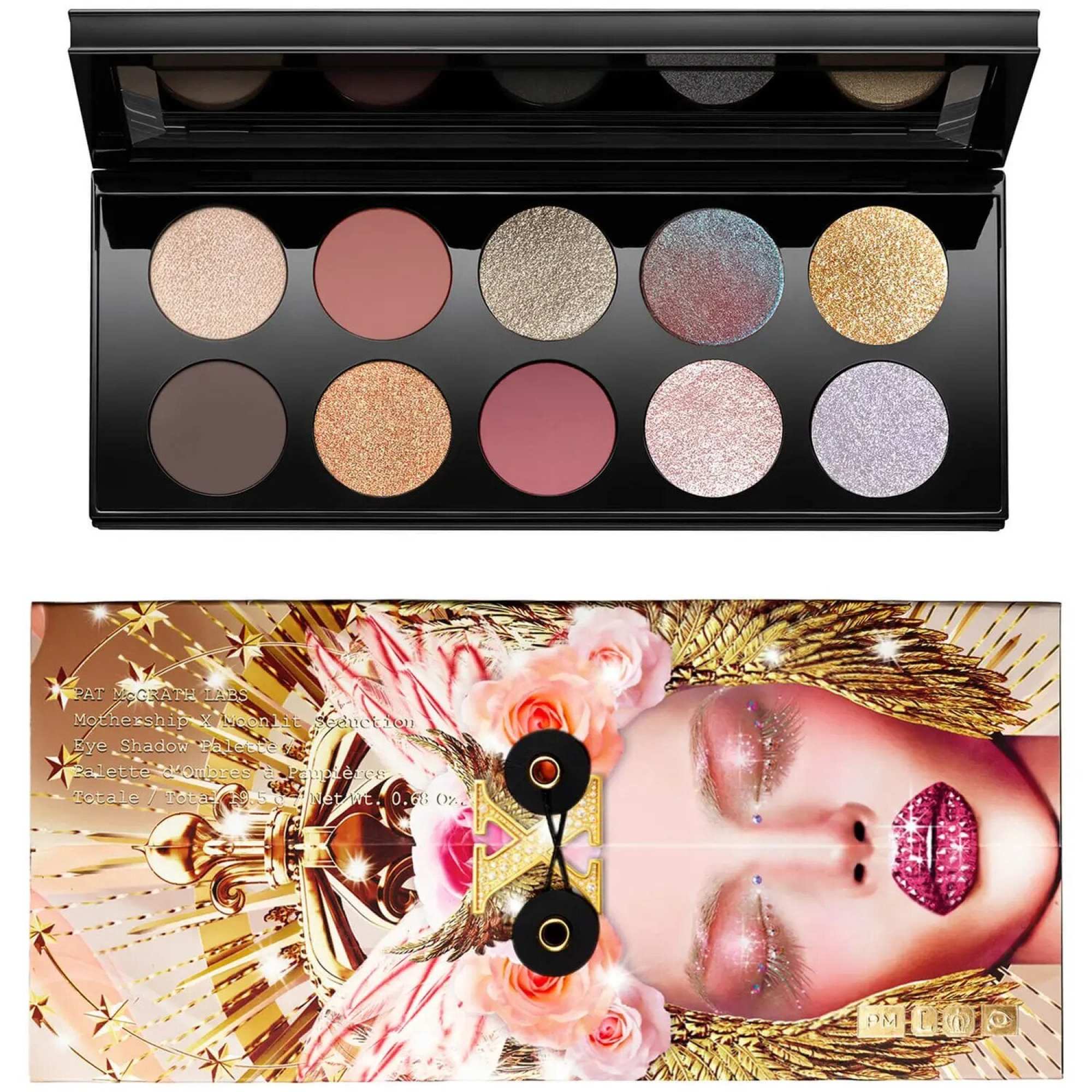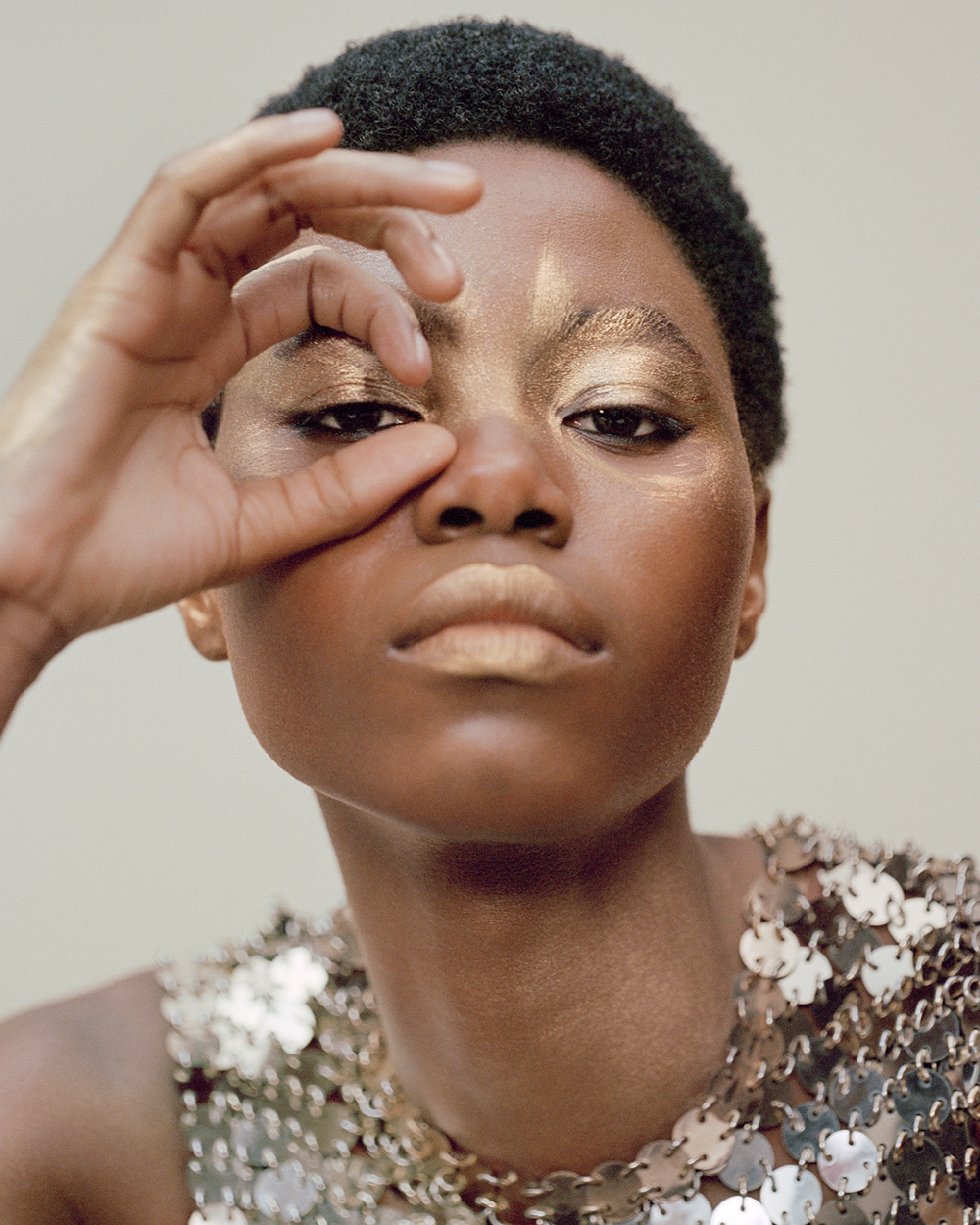Is glitter harming the environment? From David Bowie to Britney Spears, celebrities have used sparkling make-up for extra star power – but now the EU is curbing its environmental footprint

Glitter – the tiny particles that speckle your face with stardust – has been both a staple and an enigma in the world of cosmetics. From disco queens of the 70s to 90s pop divas, it’s been a trusty sidekick to countless celebrities wanting to sparkle on the red carpet, runway or stage. Yet glitter has always had a bad boy image too, arching an eyebrow or two over its environmental footprint, a sustainability puzzle that recently spurred the European Union, no less, into action.

As it turns out, in the glitter cosmos, options abound. Loose glitter offers artistic versatility, ideal for mixing and layering, but requires a steady hand and patience due to potential fallout. On the other hand, pressed glitter is tidy and easy to apply, making it perfect for beginners or those attempting more complex designs.
For the artistically inclined, glitter gels and liquid glitters, available in tubes or pens, also go on easily and can be used to draw intricate designs and body art, as celebrity make-up artist Humberto Moya, explains that, “I usually recommend getting started with small palettes, small glitter pots or some sort of formulation that’s already mixed with a medium that’ll help with adherence instead of getting the powder kind. Loose glitter tends to spill and go everywhere; it’s way harder to control.”
Meet ‘Sexiest Man Alive’ Patrick Dempsey’s make-up artist wife Jillian

While glitter has become a global beauty staple, with brands worldwide weaving it into product lines in various forms, a chosen few have gone beyond to claim a spot in the glitter Hall of Fame. From the light-catching neutral and classic shades of Chanel’s Les Beiges Healthy Glow palettes to the deeply nourishing and high iridescence of Tom Ford’s Soleil Balm Frost lip balm; from Valentino’s runway-glam-inspired Dreamdust lip and cheek loose glitter to the creamy glimmering shades in Makeup by Mario’s Master Metallics eyeshadow palette; from Clé De Peau’s dewy and three-dimensional Cream Rouge Sparkles liquid lipstick to the sparkling nude-pink finish of Chantecaille’s Lip Crystal lipstick, the possibilities for adding a little glitter to your make-up are legion.

Some brands have led the charge in innovation and artistry, elevating the world of shimmer to new heights and turning their formulas into coveted collectibles among beauty aficionados worldwide. Pat McGrath Labs, spearheaded by the mother of modern make-up, McGrath herself, has rewritten the rules of glamour, incorporating glitter into the DNA of her brand. Her Mothership palettes and Blitz Astral Quad eyeshadow palette are testaments to her commitment to formulating glitter that’s much more than simple sparkles, promising a multidimensional shimmer that captures the essence of the cosmos, no less.
Another contender on the glitter stage is Rabanne, formerly known as Paco Rabanne. After a sleek rebranding in June, the brand unveiled a mesmerising make-up line catering to Gen-Z consumers, a demographic that has candidly embraced the brand’s space age aesthetic. The Eyephoria collection embodies the late Paco Rabanne’s daring vision and legendary metal creations with high-impact palettes and 12 dazzling shades of cream-to-paint liquid eyeshadow, leaning on the brand’s metal-chain, metal-mesh, silver and gold elements.
6 new must-have make-up, skincare and perfumes, from Charlotte Tilbury to Dior

For glitter to look its best, Moya says you should always aim to do your glitter first. “Apply it before foundation, concealer or any other complexion products, in case there’s any fallout,” he recommends. “That will prevent your glitter from ruining your make-up or getting mixed into your other products. Once you’re finished, you may use a piece of stationery or masking tape to remove it and clean out the area. Then you can go ahead and apply or correct your foundation.”
Nevertheless, beneath the shimmer and shine lies a concern that’s been gaining momentum – the environmental impact of glitter. As glitter particles are typically made from plastic, millions upon millions of these tiny, shiny morsels ultimately end up in our oceans and waterways, threatening marine life and ecosystems and contributing to the planet-wide plastic pollution crisis.

To address this environmental challenge, the EU has taken a significant stride by implementing a phased glitter ban, starting with rules targeting loose, non-biodegradable, plastic-based glitter in cosmetics and other applications which took effect in October. In the future it intends to move on to glitter in other forms.
This has significant implications for the beauty market, as manufacturers must now reformulate their products, seeking environmentally friendly and effective alternatives to plastic-based glitter. This transition will require innovation and investment but is one that both luxury and everyday brands are tackling head-on.
The Eileen Gu of golf? Meet Lily Muni He, the LPGA pro lighting up Instagram

The response thus far has been the production of biodegradable glitters, often made from materials like plant-based cellulose or mica, which naturally break down without harming the environment. Bioglitter is a prime example, composed of cellulose from hardwoods, which swiftly and safely biodegrades. Brands like EcoStardust have embraced this innovation, offering festival glitter that’s not just eye-catching but also environmentally responsible.
As ever, amid the glittering array of sustainability claims, a discerning eye is crucial. Some glitters claim to be biodegradable but hide polylactic acid beneath the surface, a material that refuses to break down without industrial composting. That’s why, to ensure your glitter aligns with stringent sustainability standards, opt for formulas marked with “OK biodegradable water” and “OK biodegradable soil” certifications.

Accredited products offer a guarantee of biodegradation in a natural freshwater environment, and this substantially contributes to the reduction of waste in rivers, lakes, or any other natural freshwater, according to Andrew Thompson, technical director at Ronald Britton, the British company that developed Bioglitter. The “OK biodegradable soil” label guarantees your glitter will biodegrade safely in soil.
Brad Pitt’s gem-toting plaid shirts even use diamonds for buttons
By embracing these changes, make-up brands are aligning with the growing demand for sustainability in the beauty industry meaning glitter can remain an alluring and creative solution for artists of the future.

- Pop stars from Christina Aguilera and the Spice Girls to Bowie’s Ziggy Stardust persona have relied on glitter to add some extra volume – but sustainability activists are today more worried about the impact on the globe
- Chanel, Tom Ford, Rabanne, Valentino, Clé De Peau, Chantecaille and McGrath Labs all offer glitter make-up products today, while British company Ronald Britton has developed biodegradable Bioglitter